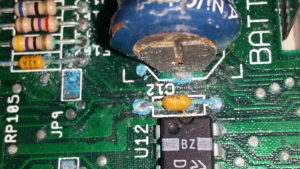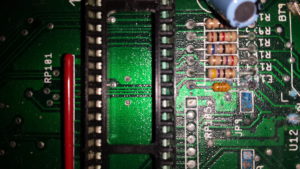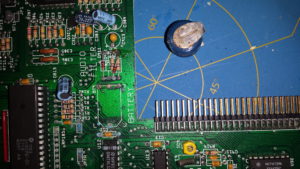Some weeks ago I received my compact cards and ide adapter.
I installed Workbench 3.0 on one of the Compact disks.
To speed up installation, I used WINUAE on my PC.
The disks connected by USB card reader.
After installing the Workbench I mounted the compact flash with the adapter in the Amiga 1200.
She booted up on first try (And a lot quicker than the original disk).
After this I inserted a PCMCIA to compact flash adapter, but She couldn’t see it.
(cfd and fat95 installed),
So I ordered 2 Sandisk 4GB Compact disks.
I’m still waiting for those to arrive.
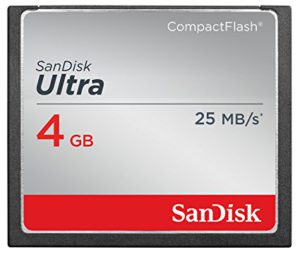
My colleague got hands on some old PCMCIA cards.
One of these card was a D-link 670, a cnet.device compatible card.
After some work, getting files to the Amiga using crossdos and PC2AM and several tries on configuring MiamiDX (TCP/IP Stack) I manage to get online.
As my Amiga only has 6Mb, lot of sites are not able to load, but aminet was no problem.
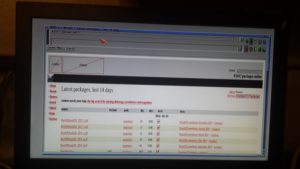
next:
-getting compact flash working with the PCMCIA for easy file transfer
-Getting 2 16Mb GVP SIMMS (if price is not to high), Or wait for vampire 1200
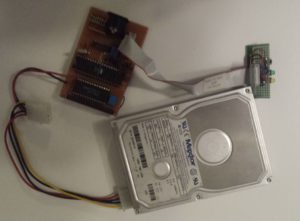
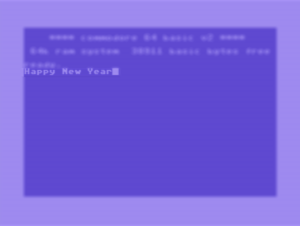


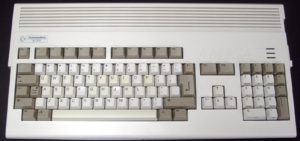
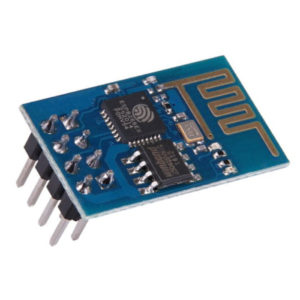
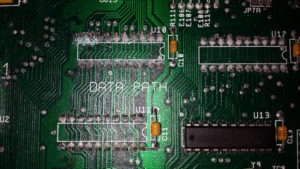
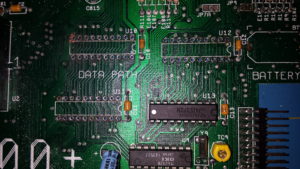


 Yesterday I created a scart cable for my Amiga.
Yesterday I created a scart cable for my Amiga.